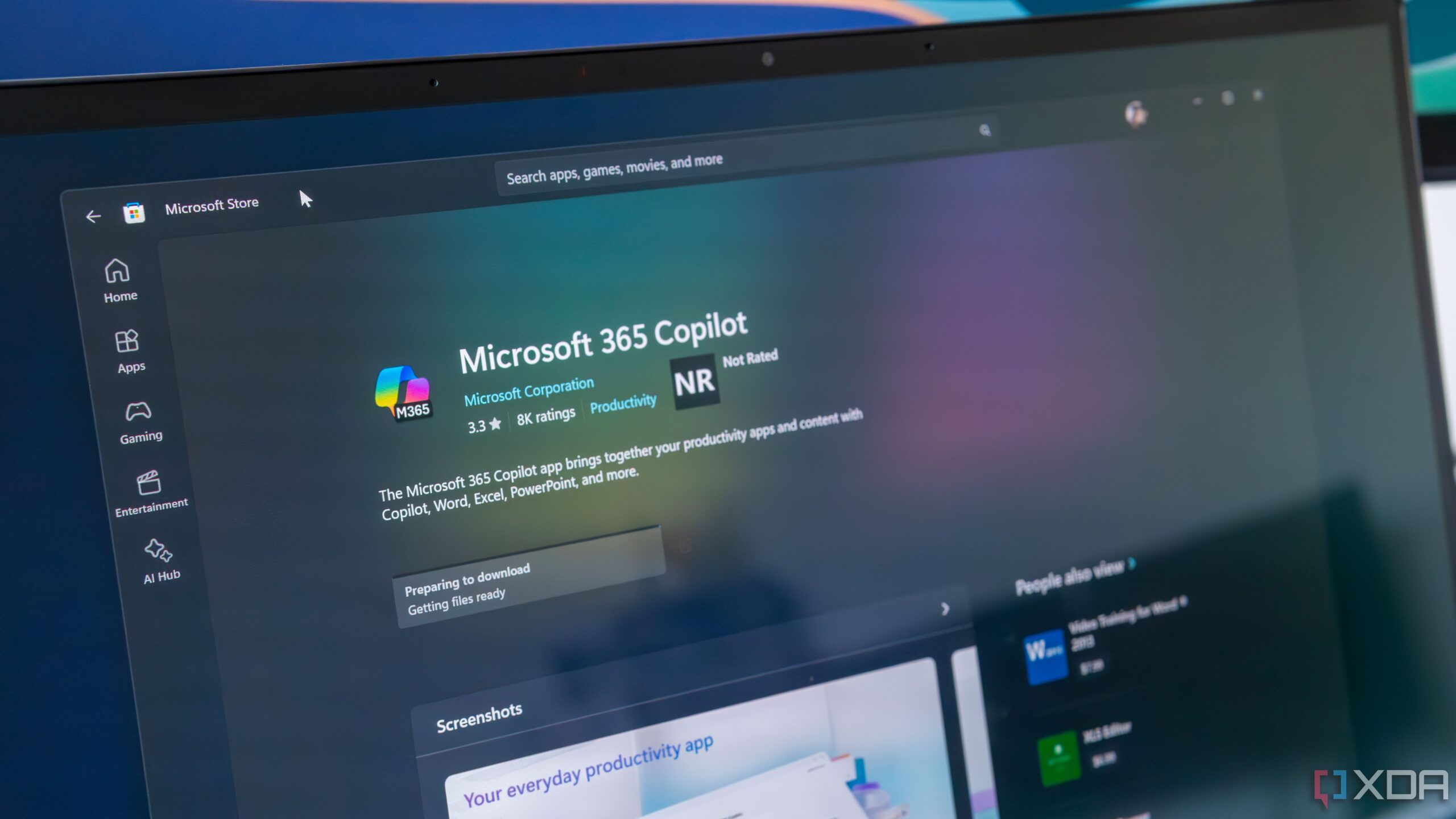Microsoft Proves Copilot Is Not Free from Ads

Microsoft’s New Advertising Strategy for Copilot
Key Points
- Microsoft intends to enhance the Copilot experience by integrating advertisements.
- The company’s vision is to transition Copilot into a tool for conversational marketing rather than displaying conventional ads.
- Microsoft aims to create a digital “shop floor” by providing relevant product recommendations through Copilot.
Microsoft has ambitious plans for its Copilot feature, hoping to make it as integral to its ecosystem as the Start button is to Windows. However, there are concerns that the integration of ads may not enhance the user experience as intended. The company plans to incorporate advertisements within the Copilot tool to create a richer and more immersive environment.
Understanding Microsoft’s Vision for Ads in Copilot
In a recent statement on the Microsoft Advertising website, the company outlined its strategies for utilizing Copilot in advertisement deployments. They believe the future of marketing lies in conversational methods, moving away from traditional direct ads. Instead, they envision a scenario where users interact with a virtual assistant akin to speaking with a store clerk, enabling them to make more informed buying decisions.
Implementing Conversational Marketing
The concept centers on integrating a Copilot-like agent on various websites, allowing users to ask relevant questions about products. If a customer expresses interest in a product, they might be directed into an immersive “Showroom ads” experience. This would combine sponsored content with organic listings, helping showcase the advantages of products while users interact with Copilot.
This immersive format aims to replicate the experience of visiting a physical showroom. Users would be presented with tailored suggestions that align with their queries, sparking genuine engagement rather than passive scrolling through product lists. Microsoft also encourages advertisers to deploy their own AI agents that can engage with potential buyers when they inquire about specific products.
Potential Implications for User Experience
The vital question remains: will Copilot ultimately prioritize advertising over providing useful information? Currently, Microsoft insists that Copilot’s primary role is as an AI assistant, with ads included naturally within the conversation. However, if the company’s ambition is to turn Copilot into a lucrative revenue stream, there’s a chance that this focus may shift over time.
The Role of “Showroom Ads”
In light of these changes, “Showroom ads” are central to Microsoft’s approach, aiming to create a seamless experience where the user feels as if they are navigating a real store. With this model, advertisers can present potential buyers with enriching content that enhances their shopping journey instead of merely promoting products.
By offering a virtual shopping experience instead of traditional ads, Microsoft sees a dual benefit: users receive tailored recommendations, and companies can better showcase their offerings. As this strategy evolves, it remains to be seen how well Microsoft balances the lines between advertising and genuine assistant functionality.
For consumers, the expectation is that Microsoft’s Copilot will become even more intuitive, helping them discover products while still feeling like the primary purpose is to assist in their inquiries, not just sell to them. Whether this integration will deliver on that promise is something that users will watch closely as they interact with this AI tool in the marketing landscape.






